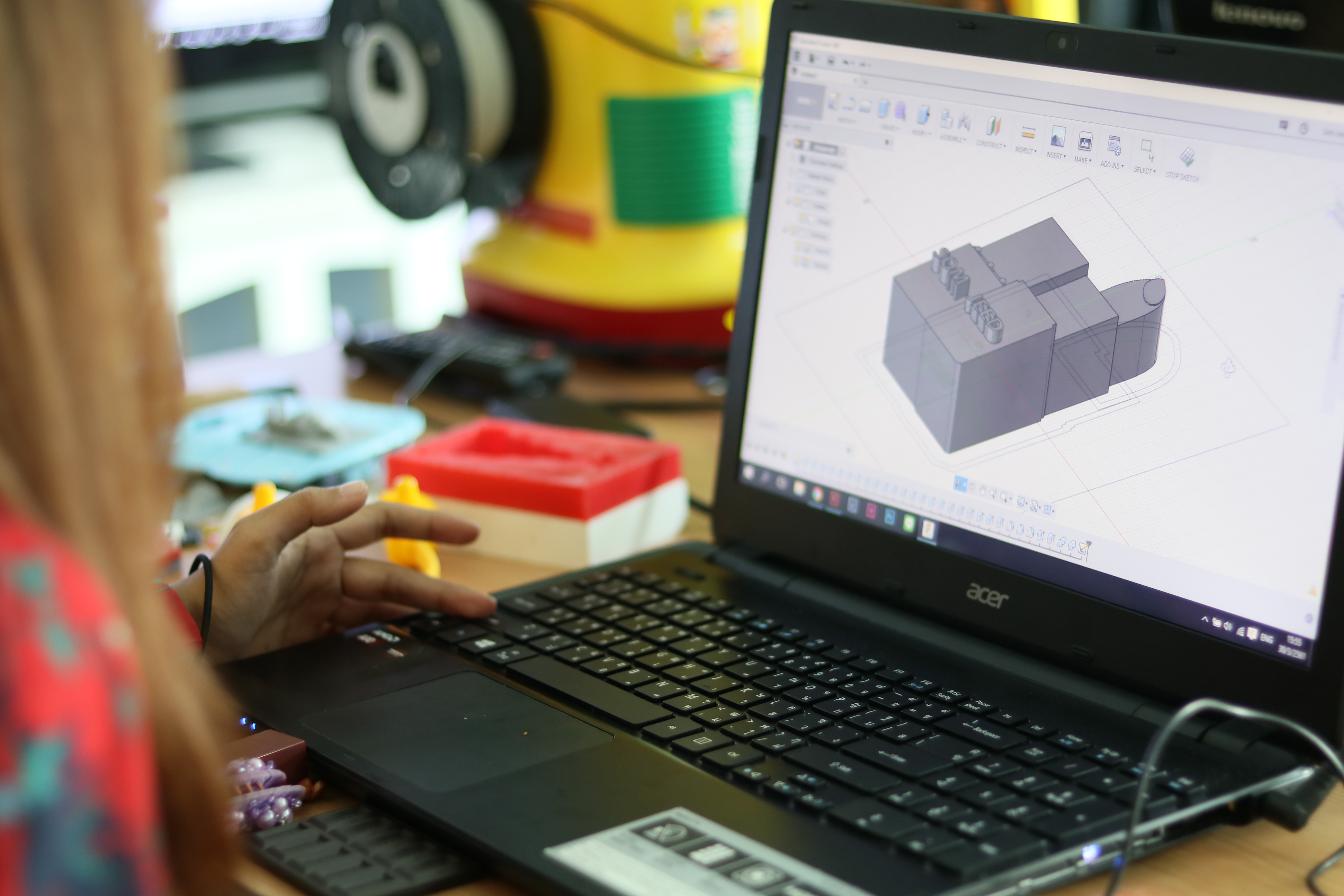

Because you’ll also be scaling all tolerances, the wall thickness. This will work if the size difference is fairly small. Your first option is to simply re-scale the exported STL in the slicer. So how can we change the size in this case?ģ different self-watering plant pot inserts generated from the same Fusion360 design Scaling the model (STL) in the slicer Example 1 – Self-watering flower pot insertįirst, we’ve modeled this without the use of parameters, just like you’re probably used to modeling. Let’s take a look at two examples and actually try to modify them to fit a different sized object. It’s really cool and if you’re not using this feature, you’re missing out a lot! If you then, later on, want to resize your model, instead of painfully changing the dimensions everywhere manually, you can simply open the parameters window, change the values here and see the model updating in real-time. For example, you can define that an edge should be “ thickness*2” long. And you can even do basic math with them. You can then use these variables whenever you’re defining dimensions. If you have experience with any kind of programming, these are basically variables. In short, if you go to Modify – Change parameters, you can define dimensions and name them. This is where parametric modeling excels.

Ideally, you’d like to be able to quickly resize it to whatever size your pot is.

Or a self-watering insert for a flower pot. You don’t want to re-draw it from scratch every time you buy a slightly different one. Say, a wall-mounted holder for an aluminum LED profile. And sometimes you might even want the part to fit various different sizes or types of objects. But that’s very often not the case, right? Mechanical parts usually need to fit perfectly with other parts.


 0 kommentar(er)
0 kommentar(er)
